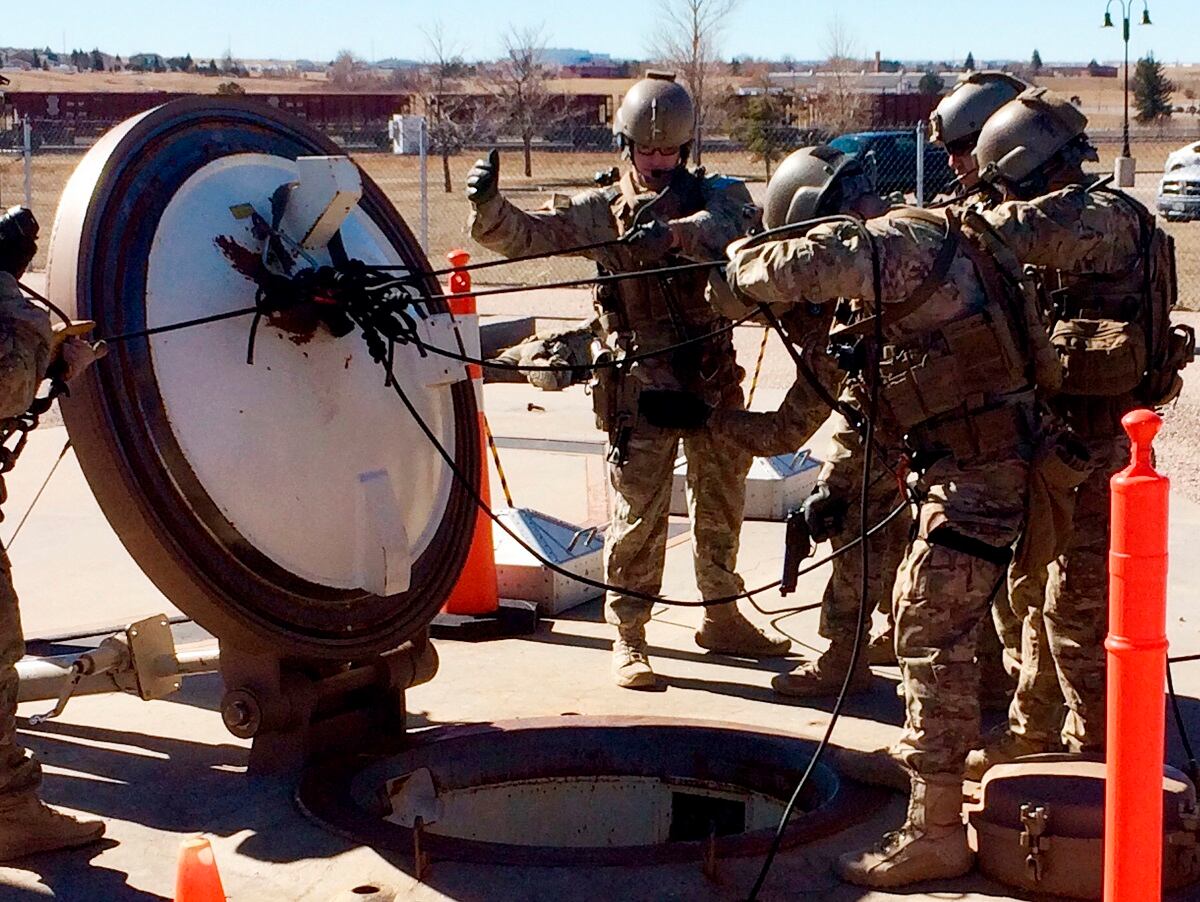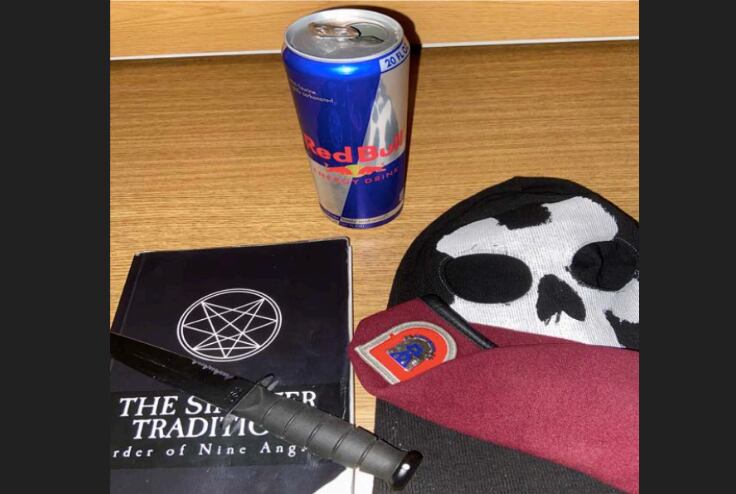It’s great to be confident, but there can be too much of a good thing when it comes to throwing out unscientific claims in front of Congress.
Testifying before the House Armed Services Committee on Tuesday, U.S. Strategic Command’s Adm. Chaz Richard took a question about domestic extremism, telling lawmakers that, “I am very confident that the number of extremists in my forces is zero,” adding that the security clearance process would weed out any bad actors in his organization.
Defense Department officials have clarified dozens of times since the Jan. 6 attack on the Capitol that they do not have a good idea of the prevalence of extremist views or activity among troops. Those questions arose after revelations of some current and dozens of former service members were among those who violently fought their way past police and mobbed the hallways looking for lawmakers.
“I know of none, right?” Richard told Military Times on Thursday, clarifying his earlier comments. “And I’m looking really hard.”
While it’s true that STRATCOM’s sensitive intelligence and nuclear weapons responsibility require a higher level of security clearance than most organizations in the military, the security clearance process has proven to not catch everything.
In January, the FBI arrested an Army reservist who worked as a Navy contractor with a secret clearance, his charging documents describing him as an “avowed white supremacist” for his role in breaching the Capitol earlier that month.
One of his coworkers told the Associated Press that he had once said “he would kill all the Jews and eat them for breakfast, lunch, and dinner, and he wouldn’t need to season them because the salt from their tears would make it flavorful enough.”
The security clearance process leans heavily on self-reporting of conflicts or compromising information, as well as background checks for foreign ties, substance abuse issues and financial troubles. Deep dives into social media activity, including possible aliases and dark web activities, are not standard.
RELATED

More than 30 percent of troops who responded to a 2020 Military Times poll reported having witnessed racist or white supremacist ideology while serving, including 57 percent of those who identified as a racial or ethic minority.
Richard is not the only senior leader to confidently estimate the extremist threat within the military. Defense Secretary Lloyd Austin has said he believes that 99.9 percent of troops are serving with honor, despite the department acknowledging that it does not have a good data set to draw on.
“Even though the number’s small, it can have a corrosive, outsized effect, and that’s the point he’s trying to make,” Pentagon spokesman John Kirby told Military Times on April 9, clarifying that Austin’s statistic is a “colloquialism.”
In the wake of Jan. 6, Austin ordered a department-wide stand-down for every organization to complete a training and discussion on the characteristics and warning signs of extremist behavior.
“We didn’t find anything,” Richard said. “Yes, I know of none and I’m doing my best to make sure that I haven’t missed anybody.”
Collecting data and surveying personnel were not part of the stand-down’s requirements, however. That will be up to a follow-on effort from a new working group that has been tasked with studying the issue across the force, though no deadline has been set for those results.
RELATED

“So we’re not done,” Richard said. “I’m not naive and I don’t think I’m immune to this. This is just a step in a longer process, right?”
The working group is also tasked with creating a department-wide definition for domestic extremism, as well as updating training for currently serving troops and those who are preparing to separate.
“If you are there, then you’re hiding it very well, and it’s just a matter of time before I get to you,” Richard said.
Meghann Myers is the Pentagon bureau chief at Military Times. She covers operations, policy, personnel, leadership and other issues affecting service members.





